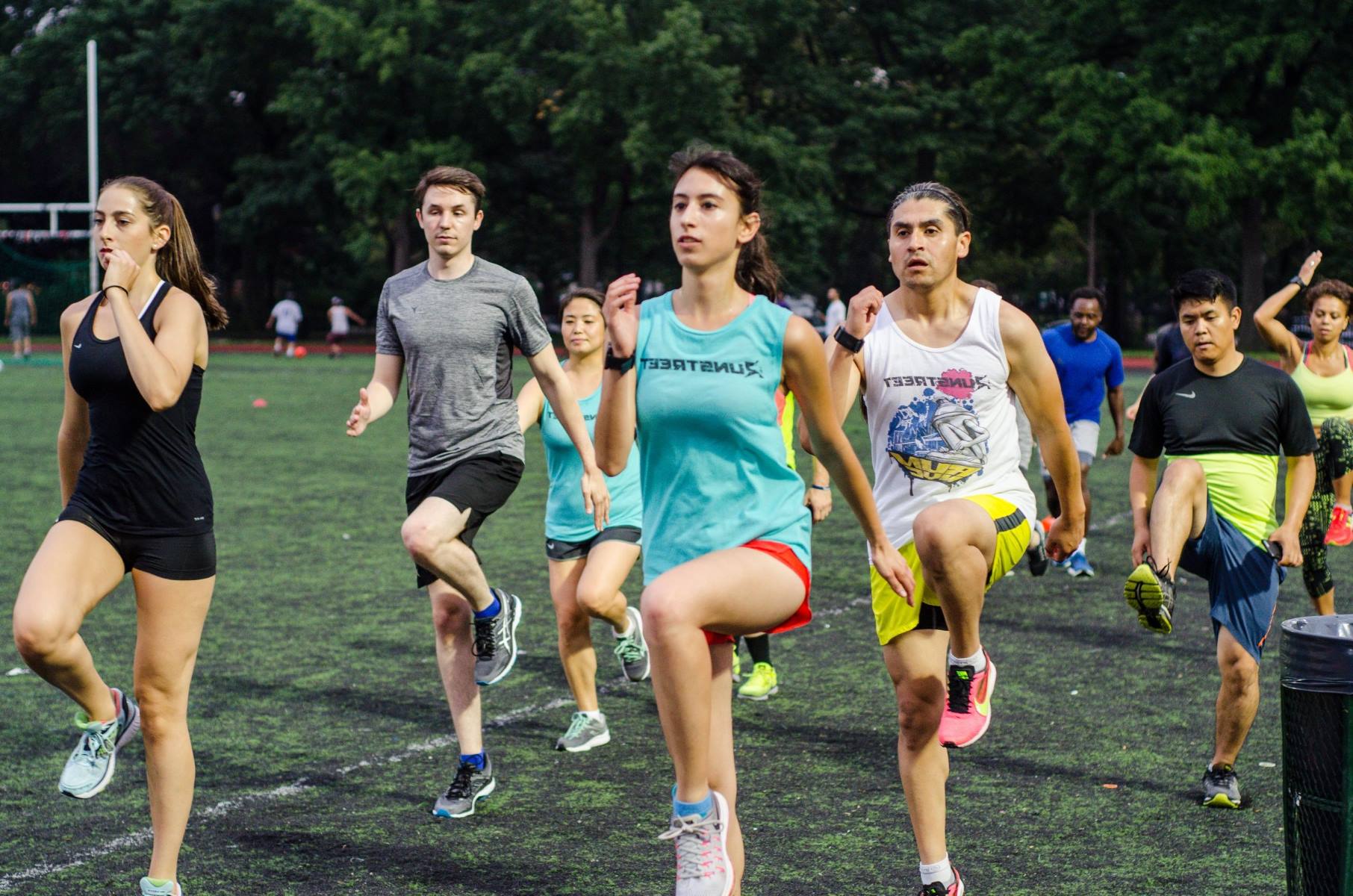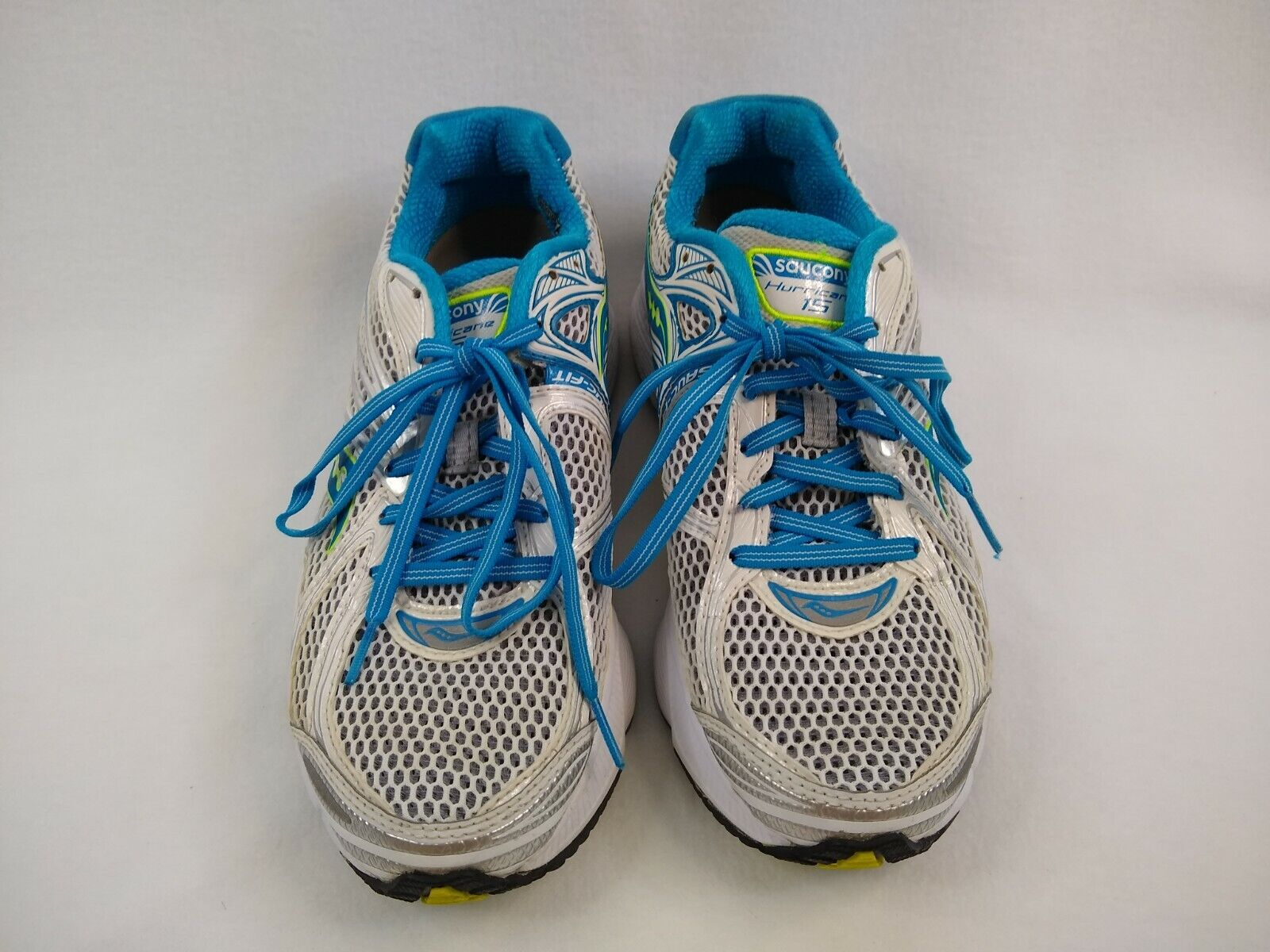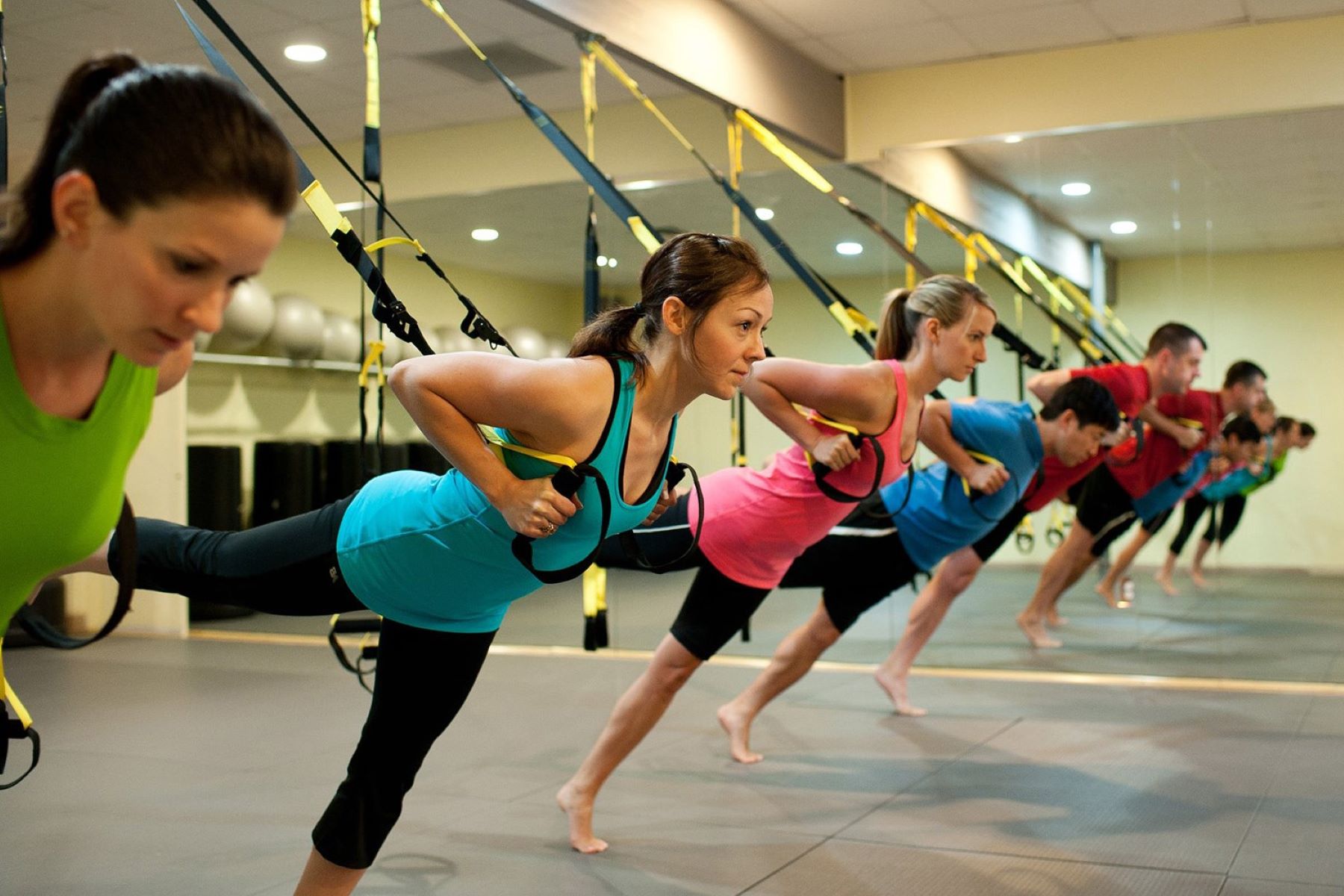Home>Training & Techniques>Training Plans>15-Minute Running Workouts | 15-Minute Runs


Training Plans
15-Minute Running Workouts | 15-Minute Runs
Published: February 29, 2024
Get effective 15-minute running workouts and training plans to improve your fitness and stamina with 15-Minute Runs. Achieve your running goals in no time!
(Many of the links in this article redirect to a specific reviewed product. Your purchase of these products through affiliate links helps to generate commission for Therunningadvisor.com, at no extra cost. Learn more)
Table of Contents
Benefits of 15-Minute Running Workouts
Engaging in 15-minute running workouts can yield a multitude of benefits, making it an appealing option for individuals with busy schedules or those new to running. Despite the brevity of these sessions, they offer numerous advantages that contribute to overall physical and mental well-being. Here are some compelling benefits of integrating 15-minute running workouts into your routine:
-
Time-Efficient Fitness: In today's fast-paced world, finding time for exercise can be challenging. A 15-minute running workout provides a quick and effective way to elevate your heart rate, burn calories, and improve cardiovascular health. This time-efficient approach enables individuals to squeeze in a beneficial workout, even on the busiest of days.
-
Enhanced Endurance: Short, intense running sessions can significantly enhance endurance levels. By pushing your body to perform at a higher intensity within a limited timeframe, you can gradually build stamina and endurance, which can be beneficial for various physical activities and daily tasks.
-
Calorie Burning: Despite the short duration, 15-minute running workouts can effectively contribute to calorie burning. The high-intensity nature of these workouts can elevate the metabolic rate, leading to continued calorie burn even after the workout is completed. This can support weight management and overall fitness goals.
-
Mental Clarity and Focus: Running, even for a short duration, can have a profound impact on mental well-being. It can help alleviate stress, improve mood, and enhance mental clarity. The release of endorphins during exercise can promote a sense of well-being and reduce feelings of anxiety and depression.
-
Accessibility and Versatility: One of the key benefits of 15-minute running workouts is their accessibility. Whether you prefer outdoor runs, treadmill sessions, or track workouts, the flexibility of this exercise modality allows individuals to engage in running virtually anywhere, making it a versatile and convenient fitness option.
-
Consistency and Habit Formation: Short, frequent running sessions can aid in establishing a consistent exercise routine. By making running a regular part of your schedule, you can cultivate a healthy habit that contributes to long-term fitness and well-being.
Incorporating 15-minute running workouts into your routine can yield significant benefits, making it an ideal option for individuals seeking a time-efficient and effective approach to fitness and overall well-being.
Tips for Maximizing Your 15-Minute Runs
When it comes to making the most of your 15-minute runs, strategic planning and execution can significantly enhance the effectiveness and overall experience of your workout. Here are some valuable tips to help you maximize the benefits of your short running sessions:
1. Prioritize High Intensity:
Given the limited time frame, it's crucial to focus on high-intensity running during your 15-minute sessions. Incorporating intervals of sprinting or fast-paced running can elevate your heart rate and maximize calorie burn within a short duration. By alternating between periods of high intensity and active recovery, you can optimize the cardiovascular and metabolic benefits of your run.
2. Incorporate Dynamic Warm-Up:
To prepare your body for the intensity of a 15-minute run, it's essential to include a dynamic warm-up routine. Dynamic stretches and movements such as leg swings, high knees, and hip circles can help activate your muscles, improve flexibility, and reduce the risk of injury. A well-executed warm-up primes your body for the demands of the run, enhancing performance and overall effectiveness.
3. Focus on Form and Technique:
Even during shorter runs, paying attention to your running form and technique is paramount. Maintaining proper posture, engaging core muscles, and landing lightly on your feet can minimize impact and reduce the risk of strain or injury. By focusing on efficient and controlled movements, you can optimize the benefits of your 15-minute run while minimizing the potential for discomfort or overexertion.
4. Embrace Variety and Challenges:
Injecting variety into your 15-minute runs can prevent monotony and stimulate continuous progress. Consider incorporating uphill segments, speed intervals, or incorporating bodyweight exercises such as lunges or squats during your run. These variations not only add excitement to your workout but also engage different muscle groups, contributing to a more comprehensive and effective fitness session.
5. Stay Hydrated and Energized:
Even in a short duration, staying hydrated and adequately fueled is essential for optimal performance. Ensure that you are well-hydrated before your run, and consider consuming a light, easily digestible snack if needed. While 15-minute runs may not necessitate mid-run fueling, maintaining overall hydration and energy levels can positively impact your running experience and overall well-being.
6. Mindful Cool-Down and Stretching:
Following your 15-minute run, allocate time for a mindful cool-down and stretching routine. This can aid in reducing muscle tension, promoting flexibility, and supporting post-run recovery. Incorporating static stretches targeting major muscle groups can help alleviate tightness and enhance overall flexibility, contributing to improved physical well-being.
By implementing these tips, you can optimize the effectiveness and enjoyment of your 15-minute runs, making the most of every moment to support your fitness goals and overall well-being.
Sample 15-Minute Running Workout Routines
Read more: Effective Circuit Workouts For Runners
1. Interval Training Blast
-
Warm-Up (3 minutes): Begin with a brisk 2-minute walk, followed by dynamic stretches such as leg swings and arm circles to prepare your body for the upcoming intensity.
-
Intervals (8 minutes): Alternate between 1-minute sprints and 1-minute recovery periods of light jogging or walking. Push yourself during the sprints, aiming to cover as much distance as possible within the allocated time.
-
Cool-Down (4 minutes): Conclude the workout with a 2-minute light jog, gradually transitioning into a 2-minute walking cool-down. Follow up with static stretches targeting major muscle groups to aid in post-run recovery.
2. Hill Repeats Challenge
-
Warm-Up (3 minutes): Commence with a 3-minute brisk walk, gradually transitioning into a light jog to prepare your body for the upcoming hill repeats.
-
Hill Repeats (8 minutes): Identify a moderate incline and sprint uphill for 30 seconds, followed by a 30-second recovery period of walking or light jogging downhill. Repeat this sequence for a total of 6 hill sprints, focusing on powerful strides and maintaining good form.
-
Cool-Down (4 minutes): Conclude the workout with a 2-minute light jog on flat terrain, followed by a 2-minute walking cool-down. Engage in post-run static stretches to alleviate muscle tension and promote flexibility.
3. Speed and Agility Circuit
-
Warm-Up (3 minutes): Initiate the session with a 2-minute brisk walk, incorporating dynamic movements such as high knees and butt kicks to prepare your body for the upcoming speed and agility circuit.
-
Speed and Agility Circuit (8 minutes): Designate a flat, open space and perform a series of 1-minute intervals, alternating between 30 seconds of fast running and 30 seconds of agility drills such as lateral shuffles, high knees, or quick direction changes.
-
Cool-Down (4 minutes): Conclude the workout with a 2-minute light jog, gradually transitioning into a 2-minute walking cool-down. Follow up with post-run static stretches targeting key muscle groups to support recovery and flexibility.
4. Pyramid Challenge
-
Warm-Up (3 minutes): Begin with a 2-minute brisk walk, followed by dynamic stretches to prepare your body for the varying intensities of the pyramid challenge.
-
Pyramid Challenge (8 minutes): Structure your run in pyramid intervals, starting with a 1-minute easy jog, followed by 2 minutes of moderate-paced running, 3 minutes of challenging effort, and then descending back down the pyramid with 2 minutes and 1 minute of running, respectively.
-
Cool-Down (4 minutes): Conclude the workout with a 2-minute light jog, gradually transitioning into a 2-minute walking cool-down. Engage in post-run static stretches targeting major muscle groups to support recovery and flexibility.
These sample 15-minute running workout routines offer diverse and effective approaches to maximizing the benefits of short-duration runs, catering to various fitness levels and preferences. Incorporating these routines into your regimen can elevate your cardiovascular fitness, endurance, and overall well-being within a time-efficient framework.
Importance of Proper Warm-Up and Cool-Down for Short Runs
The significance of a proper warm-up and cool-down cannot be overstated, especially when engaging in short runs. While the temptation to dive straight into the main running session may be strong, allocating time for a structured warm-up and cool-down is essential for optimizing performance, reducing the risk of injury, and supporting overall well-being.
Warm-Up: Setting the Stage for Success
A well-executed warm-up serves as a crucial preparatory phase, priming the body for the physical demands of the upcoming run. During a short run, the warm-up phase plays a pivotal role in gradually increasing heart rate, circulation, and body temperature, thereby enhancing muscle flexibility and overall performance. Dynamic movements such as leg swings, high knees, and arm circles can effectively activate major muscle groups, promoting improved range of motion and reducing the likelihood of strain or injury during the run.
Furthermore, the warm-up phase provides an opportunity to mentally transition into the running mindset, allowing individuals to focus on their breathing, posture, and running technique. This mental preparation can significantly enhance the overall running experience, fostering a sense of readiness and confidence as the main workout commences.
Cool-Down: Supporting Recovery and Flexibility
Following a short but intense running session, the cool-down phase assumes a critical role in facilitating post-run recovery and promoting flexibility. Engaging in a gradual transition from running to a lower-intensity activity, such as walking, allows the body to gradually return to its resting state, preventing abrupt changes that may lead to dizziness or discomfort. This gradual reduction in intensity also aids in preventing the accumulation of lactic acid in the muscles, reducing the likelihood of post-run soreness and stiffness.
In addition to aiding physical recovery, the cool-down phase presents an opportune moment to incorporate static stretching exercises targeting major muscle groups. These stretches promote flexibility, alleviate muscle tension, and contribute to enhanced overall mobility. By dedicating time to post-run stretching, individuals can support the body's natural recovery processes, minimizing the risk of muscle tightness and enhancing overall well-being.
In essence, the proper execution of warm-up and cool-down routines for short runs is integral to maximizing the benefits of the workout while mitigating the potential for discomfort or injury. By recognizing the importance of these preparatory and recovery phases, individuals can elevate their running experience, support physical well-being, and cultivate a sustainable approach to short-duration running workouts.













